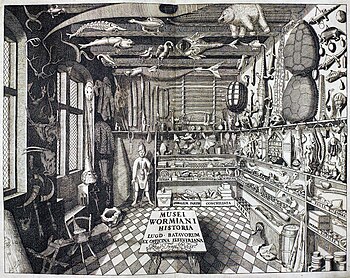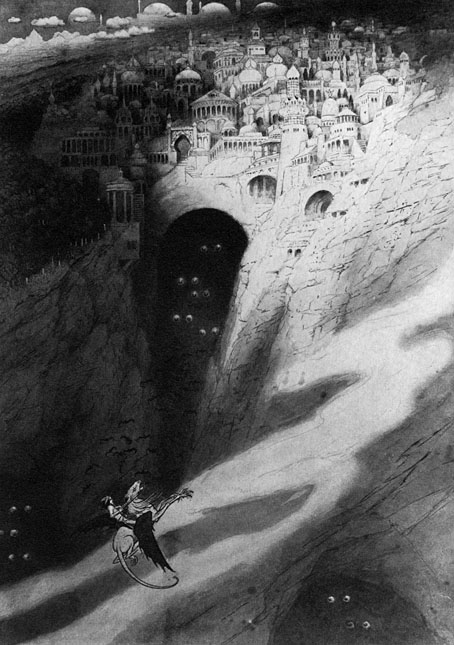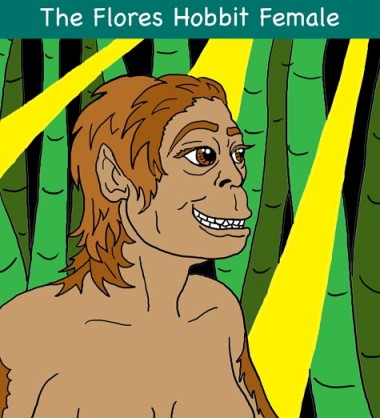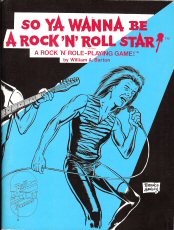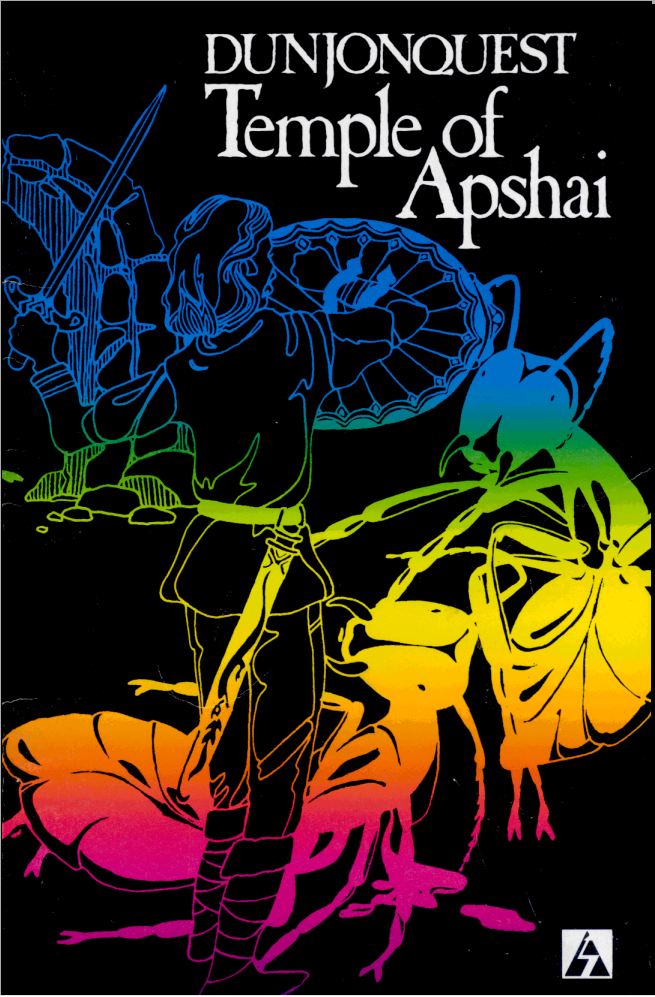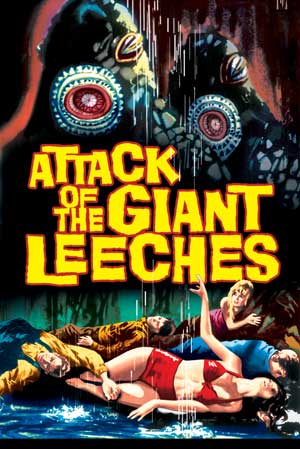Is "whale on 2nd Edition AD&D" week over yet? No? All right. I'm here to pay homage to the first Undermountain boxed set, from 1991.
[Spoilers follow]
Let me start with the positive. Ed Greenwood stands tall as a pioneer of fantasy naturalism in role-playing games. I devoured his Dragon magazine articles in the 80's, so rich with invention and detail. They worked up the plain and sometimes weird building blocks of the game into something more like a fantastic museum.
 |
| This is about 10% of Level 1. |
In re-treading the orange and yellow floors of Undermountain last week I noticed no shortage of this imagination. It's a great resource from which to learn and steal set-pieces: ingenious traps and tricks, disguised monsters, classic fake-outs, detailed combats where the enemy uses every tactic available.
The core area of these Saturday Night Special encounters, justified by "hey, mad 29th level sado-wizard," is fringed by more naturalistic environments: the tavern where adventurers' descents make up a kind of medieval reality show, the slaver town of Skullport, or Waterdeep's monster-infested garbage dump. And even the smallest treasures drip with detail. Why loot "some jugs of wine" when you can have "14 wicker-jacketed, 5-gallon green glass carboys of dry white wine (1 gp)"?
At his best, Greenwood doesn't just create naturalism with physical and economic details. He takes the official monsters, spells and magic items to the limit. Ropers and mimics take on a dizzying variety of guises. Wands are disguised, put into the hands of enemies, worked into traps. Why make a trap rely on magical tentacles when you can use an imprisoned mutant carrion crawler instead? Sure, there are occasional "inexplicable" magical effects, but you get the sense he had more fun working with the standard toolbox.
But here's the catch - players can use their resources to be naturalists too. Faced with a script that says "Endure your heroic, character-defining quest up through seven chromatic levels of the Rainbow Tower to reach the solid gold pineapple on the platform at the top," the prosaically-minded player rebels and says "Er ... what does this
fly spell do, exactly?" This is why medieval knights were afraid of crossbows. History is written by innovators who at one point said, "Screw the rules of engagement. This
works." Player naturalism finds short cuts around fantasy railroads using the rules and resources built into the game itself.
Ah-ah-ah, but ol' Halaster is not letting you off so easily in Undermountain. Inexplicable, massive "magical fields" stop all teleporting, ESP and other game-breaking spells. We see not just a naturalistic designer, but one who expects players to use naturalism too - and prepares for it! Just about every dead body you find in the maze has a name and a history in case the players try Speak With Dead. That's cool, but at the same time there are places where the player runs up against "because I say so."
- What you can do in Undermountain: Fry a whole room of orcs with a level 3 fireball spell.
- What you can't do in Undermountain: Use your 5th level rock to mud spell to deal with that trick where the stone hands take one magic item and give you another. The hands are just impervious to any magic short of a limited wish.
- What is detailed in Undermountain: Exact procedures for lifting, smashing, and being crushed by the doors in the Bonecrusher trap.
- What isn't detailed in Undermountain: How exactly those necrophidii, the ones that jump out of the pillar you have been prying gems from, steal your magic items. They just do! It's part of the trick! What do you mean, you want a DEX check?
 |
| "Look sharp, the floor here is orange." |
So, it's not the designer's naturalism, but a particular response to anticipating the players' naturalism, that paints the encounter into a corner. I'm not picking on Ed Greenwood. This is a common problem in 2nd Edition-era adventure design, lampooned pitch-perfectly over many issues of the
Knights of the Dinner Table comic.
1. The designer wants the characters and setting
to read from the mythic script. Characters should succeed through force of arms where appropriate, and through clever wits in designated clever wits areas. The setting must be allowed to enforce the moral lessons of its tricks and surprises.
2. The players want
themselves, not necessarily the characters, to be heroes. Their funniest and most awesome stories are of outwitting the DM, not the dungeon. The more the rules describe
a prosaic, lawful system of cause and effect, the more they can leverage this against the mythic story to gain advantage.
3. This is where things go awry. The designer refuses to allow player creativity to work and imposes more rules, by decree. When the players burn down the Hollywood saloon facade they find, not a way out, but walls behind made of solid steel and three feet thick.
Now, how can a designer do naturalism and not end up like this? I have a few tentative solutions, coming up next.


